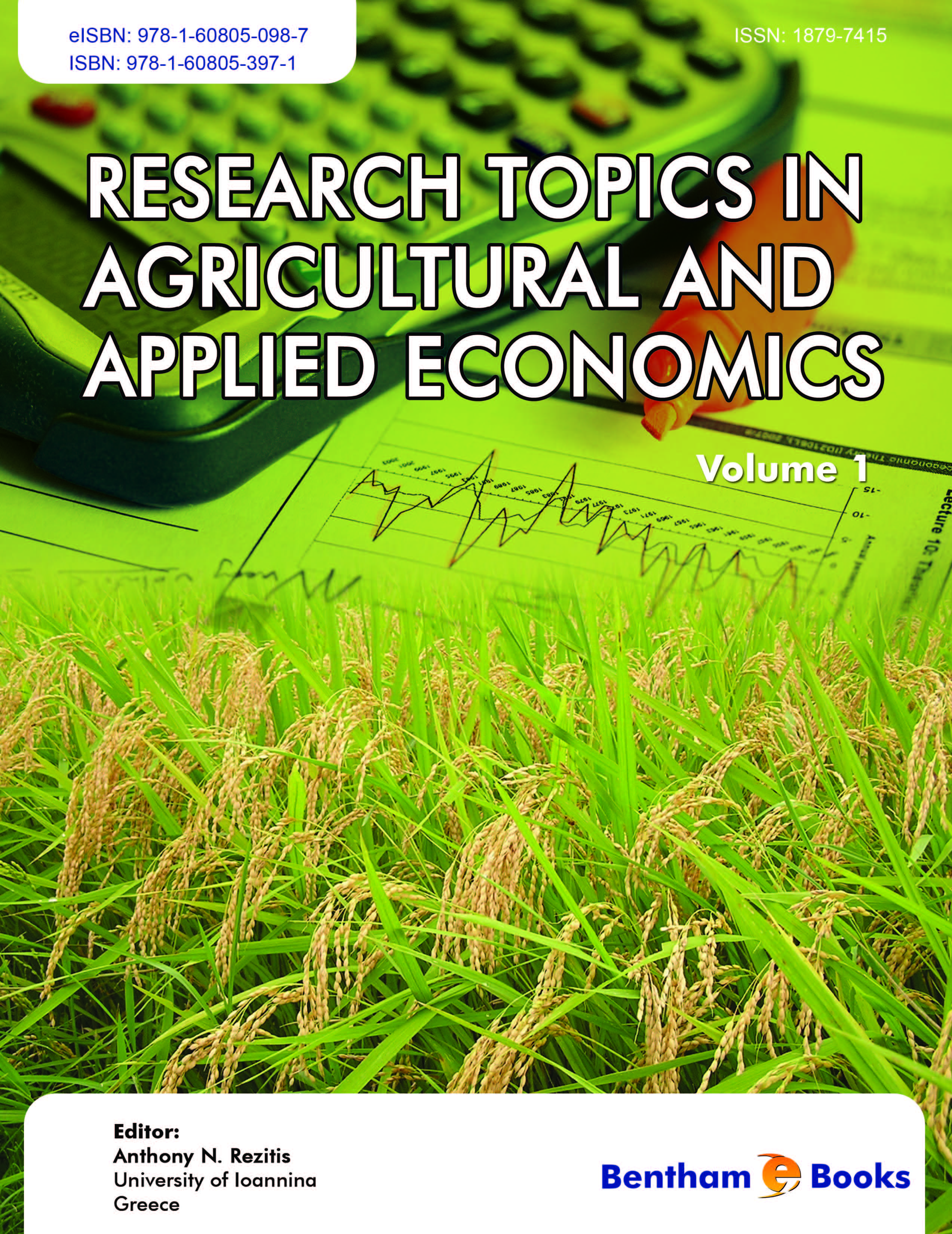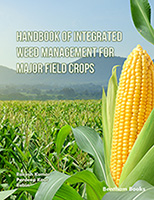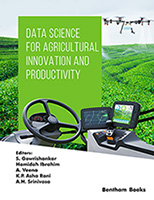The aim of the e-book series of Research Topics in Agricultural & Applied Economics (RTAAE)
is to publish high quality economic research applied to both the agricultural and non-agricultural
sectors of the economy. The subject areas of this e-book series include, among others, supply and
demand analysis, technical change and productivity, industrial organization, labor economics,
growth and development, environmental economics, marketing, business economics and finance.
By covering a broad variety of economic research topics, this e-book series is addressed to a wide
spectrum of academic agricultural and applied economic researchers and scientists but it could
also prove useful to industry specialists and government policymakers.
The present volume of RTAAE (Vol. 1) contains the following 11 chapters:
Chapter 1, entitled “Price Transmission and Markov Switching Regime Shifts: An Application to the
Greek Lamb Market”, examines the long-run price relationships and regime shifts that govern the price
transmission mechanism between the farm, wholesale, imported and retail levels of the lamb market.
Chapter 2, entitled “Evaluating Economic Incentives for Greek Organic Agriculture: A Real
Option Approach”, applies option-pricing theory to evaluate investment decisions by farmers
regarding their potential conversion to organic agriculture.
Chapter 3, entitled “Ex Post Evaluation of Mathematical Programming Models in Predicting
Arable Farming Reactions in the Decoupling Era”, presents an ex post validation of the standard
linear programming, non-linear programming and two alternative positive mathematical
programming model specifications by comparing the performance with observed data of the new
CAP implementation in Greece.
Chapter 4, entitled “A Comparative Financial Assessment Analysis of Agricultural Producing
Cooperatives in the Krasnodar Region – Russia”, examines the organizational functions and
economic status of agricultural cooperatives in Russia, providing a perspective of the current
dynamics of the cooperatives with respect to recent changes in the Russian agricultural sector.
Chapter 5, entitled “The Evolution of Solutions to the Free Rider Problem in US Agricultural
Bargaining Cooperatives”, addresses the issue of how intra-organizational incentive alignment
mechanisms evolve to solve the free rider problem in collective bargaining and focuses on
agricultural bargaining cooperatives (ABCs), a particular form of producer-owned firms mainly
observed in the West Coast states of the US.
Chapter 6, entitled “Performance Measurement in the Greek Context: Evidence from Different
Corporate Settings”, investigates the impact of performance measurement systems adoption on
firm profitability by matching a group of manufacturing industries with peer firms that were not
manufacturing industries.
Chapter 7, entitled “Nutritional Label Users’ Ability to Perform Nutrition Tasks as a Dietary
Consumption Constraint”, uses a simultaneous equation model to investigate how the ability to
perform nutrition-related tasks, among nutrition label users, may affect diet quality.
Chapter 8, entitled “Spatial Approach to Territorial Convergence Across the EU-15 Regions and
the CAP”, examines the role of spatial dependence and heterogeneity on real agricultural and
economic convergence across a sample of 166 EU-15 regions.
Chapter 9, entitled “Human Capital Convergence in Greece: A Panel Data Analysis”, examines the
existence of human capital convergence between Greek regions.
Chapter 10, entitled “Economic Determinants of Inward Foreign Direct Investments to Transition
Countries: The Cases of Bulgaria and Romania”, attempts to assess the main foreign direct
investment (FDI) determinants for Bulgaria and Romania, after their accession to the EU.
Chapter 11, entitled “Liberalisation of the European Natural Gas Market: Myth or Reality?
Evidence from Greece”, analyses the main aspects involved in the liberalization process of the EU
natural gas industry and the extent to which it has impacted on less liberalized countries such as
Greece.
Anthony N. Rezitis
&
Konstantinos S. Stavropoulos
University of Ioannina
Department of Business Administration of Food and Agricultural Enterprises
2, G Seferi St, Agrinio
Greece





